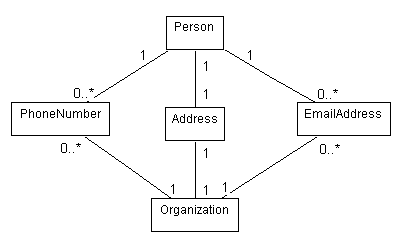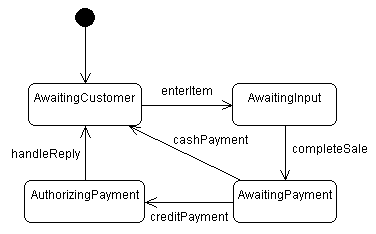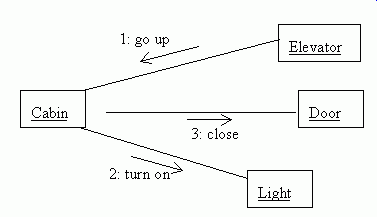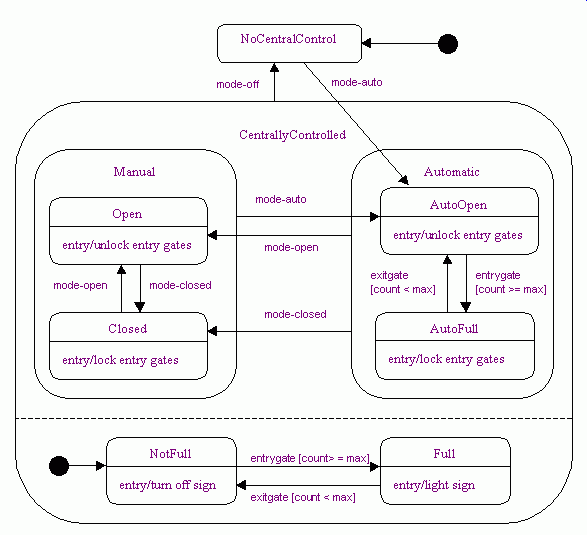 -
-
_____ |
Sequence and collaboration diagrams show the interactions between classes. |
_____ |
The system is never an actor in a use case diagram. |
_____ |
A use case diagram with fine granularity will tend to have a large number of use cases for the amount of functionality in the system. |
_____ |
The waterfall life cycle describes a temporal progression. |
_____ |
Which of the following is a type of UML diagram: |
|
|
_____ |
A system consists of: |
|
|
_____ |
An element/atom in a system is treated as: |
|
|
_____ |
Requirements can be recorded using: |
|
| Encapsulation |
| Generalization |
| Use Case |
| Analysis |
| Model |
| Polymorphism |



Create a use case diagram for this system.


mode-XXX: the operator sets the garage control
mode to XXX (off, auto, closed, open).
exitgate: an exit gate signals that a car has left.
entrygate: an entry gate signals that a car has entered.

_____ |
The full sign will only be lit when the garage is full. |
_____ |
This garage has 2 concurrent states when centrally controlled, one manual and one automatic. |
_____ |
On the transition labelled exitgate [count<max], the condition is redundant. |
_____ |
The diagram accurately represents point 3 of the problem. |
_____ |
The diagram accurately represents point 4 of the problem. |
_____ |
A start state is unnecessary for the nested Manual state. |
Copyright ©2004